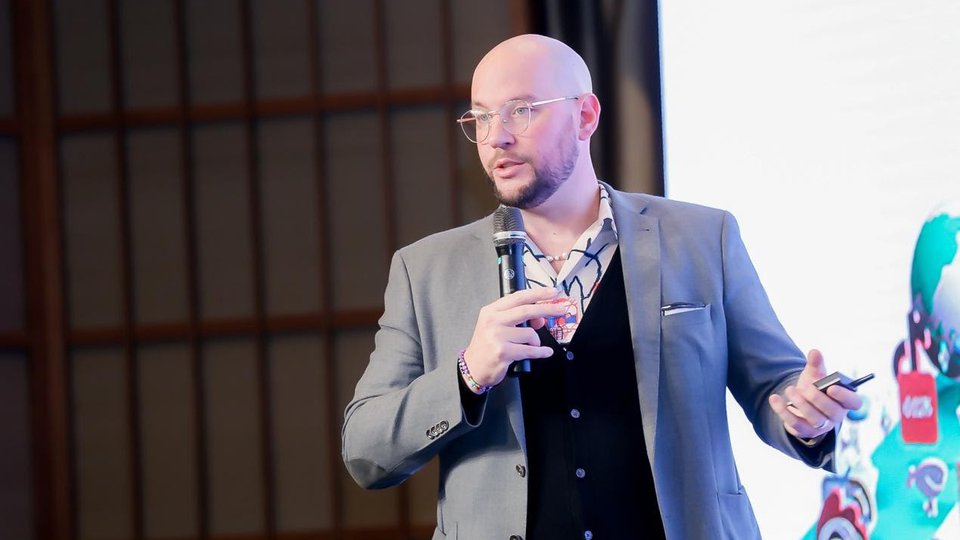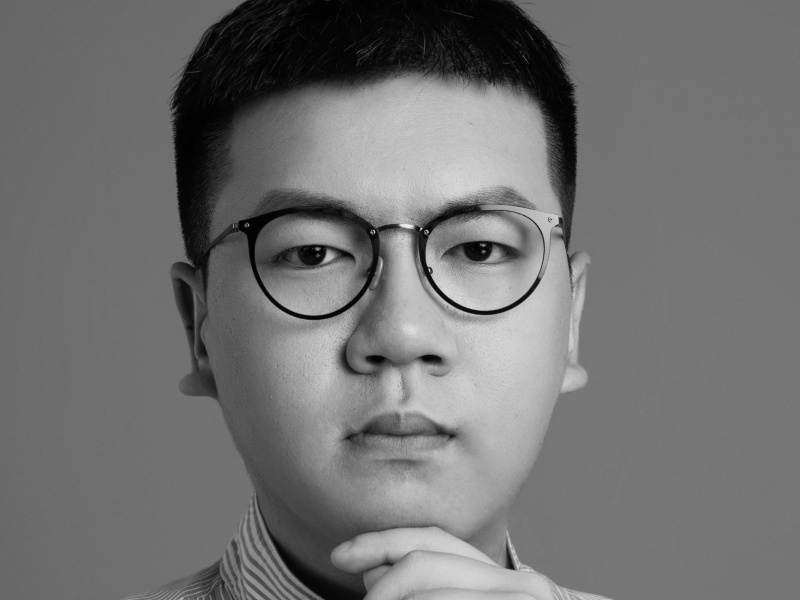Pablo Mauron, Partner & Managing Director China at DLG (Digital Luxury Group), discussed how brands can create integrated consumer journeys by rolling out enhanced digital experiences in the wave of social commerce in his keynote speech.

Pablo Mauron, Partner & Managing Director China at DLG (Digital Luxury Group), discussed how brands can create integrated consumer journeys by rolling out enhanced digital experiences in the wave of social commerce in his keynote speech.
“The trend we have observed in the luxury industry now is that the rise of social commerce has turned every touchpoint potentially into a transactional one," said Mauron, Partner and Managing Director China at DLG (Digital Luxury Group) at the recently concluded Luxury Society Keynote event in Shanghai. This trend has emerged in tandem with the evolution of the luxury e-commerce model in China – from the brand.com, to third-party marketplaces (primarily Tmall and JD.com), and now, socially-driven e-commerce. In the face of a more sophisticated Chinese consumer, brands are tapping into even more platforms in China – especially social ones – to develop their DTC business, break down barriers within the consumer journey and drive conversions.
While most platforms today provide a variety of functionalities for both awareness and conversion, this does not imply that consumers will purchase on every platform, particularly in the luxury sector. This also implies that brands must create more experiences to bridge the gap between different stages of the consumer journey.
WeChat Mini Programs enable brands to provide targeted services before, during, and after sales, while also allowing brands to build up their private domain in the WeChat ecosystem. At the same time, an increasing number of digital platforms, including JD.com, Douyin, and Baidu, are jumping on the Mini Program bandwagon, allowing brands to further augment the current consumer journey for target customers beyond the platform's basic functionality.
As online consumer behaviour matures, diversity will be a key focus for brands looking to expand their digital offerings in the future. "Mini Programs provide an opportunity to create an e-commerce experience comparable to brand.com. But brands need to customise Mini Programs on each platform based on the target audience and the stages of their journeys,” Mauron added. During his keynote speech, he also touched on the framework and best practices for brands to build enhanced experiences on their brand-owned channels.
Watch the video for his full session. A PDF version of his presentation is also available for download at the link below.










